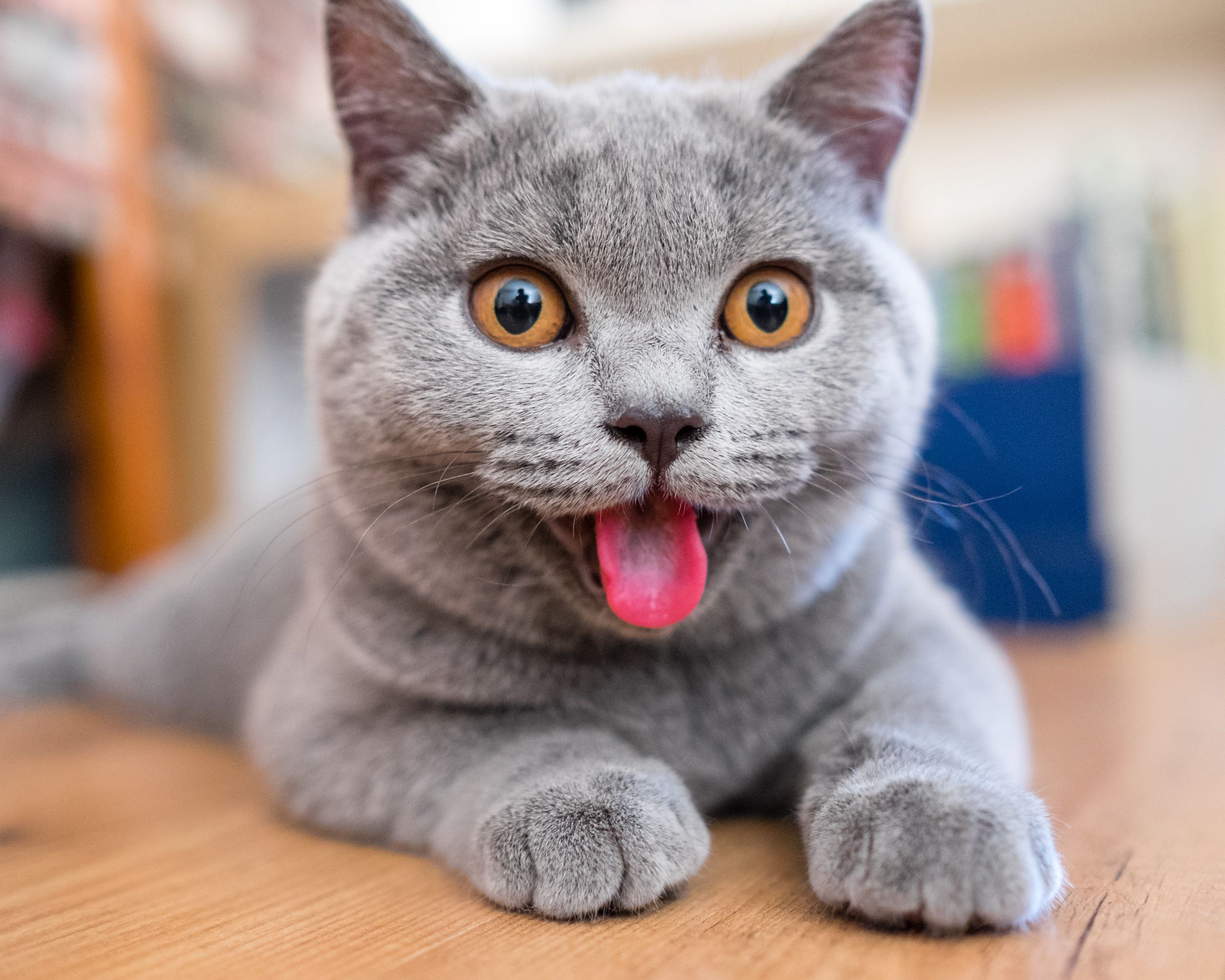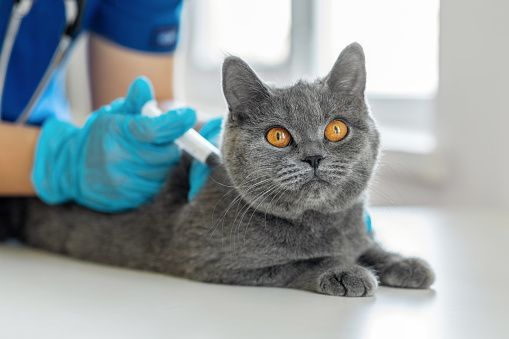Why is declawing bad?
Is your cat sharpening their nails on your well-kept furniture? Are you considering declawing your kitty to save lots of precious table legs or a sofa? I hope I can convince you otherwise.
Many people aren’t conscious of the negative consequences claw removal can wear on their kitties. They believe it’s a routine procedure that doesn’t hurt the cat. But that’s far away from reality. Often enough, the vets whose job is to assist pets, fail to teach cat owners the risks of this surgery and why they shouldn’t roll in the hay.
If you’re thinking of preserving your furniture by removing your feline’s claws, please research the negative sides first. I’m confident you’ll change your mind once you see what’s behind this barbaric procedure.
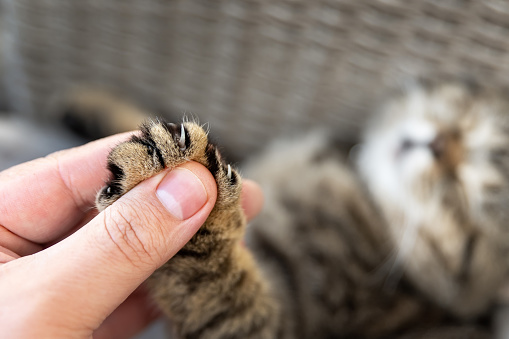
Keep on reading to find out about the various negative aftereffects of declawing.
GET YOUR CAT CARE PLANNER!
A PDF Printable to stay Track of Your Cat’s Health & Well-Being. Designed to form Your Life Easier & Your Kitty Healthier And Happier!
GET THE CAT CARE PLANNER
Contents
What is declawing?
Why do cats scratch?
8 reasons why declawing is bad:
Every surgery carries a risk
The kitty is in pain, often for the remainder of their life
Behavioral issues
They avoid getting to the potty
Feline must relearn the way to walk
Not having the ability to claw brings stress
They need their claws to stretch
The kitty can’t defend themselves
What to try instead? a couple of alternatives to declawing

What is declawing?
Declawing is the surgical amputation of all or a part of a cat’s toe bones and therefore the attached claws, consistent with the American Veterinary Medical Association. it’s a painful surgery with long-term consequences.
Why do cats scratch?
Scratching is a kitty’s natural behavior. many of us believe cats scratch only to sharpen their nails, but that’s not the only reason. Cats have scent glands on their paws so once they scratch something, they’re marking it as their own. Scratching helps them remain in excellent form, get exercise, stretch their agile bodies, and relieve stress from their bodies.
8 reasons why declawing is bad
Every surgery carries a risk
When the kitty is under surgery, they’re anesthetized anesthesia. albeit it hardly happens (approximately 1 in 100,000 animals will react to an anesthetic agent), some cats never awaken after being put to sleep for the surgery. Anesthesia should only be used when it’s necessary for the cat’s health. Declawing kitties is an unnecessary procedure that brings a risk of not only a nasty reaction to the anesthetic but also other health issues I’ll mention.
The kitty is in pain, often for the remainder of their life
Declawing isn’t nearly as harmless as a cat manicure. As said above, the surgery includes claw amputation and therefore the amputation of the toe bones.
How would you are feeling if someone removed your nails including your fingers from the primary knuckle? Declawed cats live through this exact terror. it’s a painful procedure with many potential negative effects on the kitty’s health, short term, and future.
Declawing often leads to:
paw pain
tissue death
nerve damage
bone spurs
infection
lameness
back pain
arthritis…
Because of the procedure, the cat’s paw is altered so it lies on the bottom unnaturally. This causes constant pain for the cat while they’re walking. Imagine walking in uncomfortable shoes your whole life. That’s how the kitty feels.
Behavioral issues
Cat owners remove feline claws to avoid one sort of negative behavior – scratching. But this often brings even more unexpected negative behaviors.
A declawed feline might:
bite
get aggressive
stop using the litter box
be scared of their own shadow
I saw a heartbreaking comment during a chat group on Facebook, written by a vet assistant. She wrote a few situations at her vet office when cat owners brought their wonderful kitty to urge her to declaw. a fortnight later, they returned to urge the cat euthanized because, as they said: “The cat became mean.”. Luckily, the vet kept the poor feline as an office cat. Those people don’t deserve a cat but I’m sure many situations like that one might be prevented if people stopped declawing their cats.
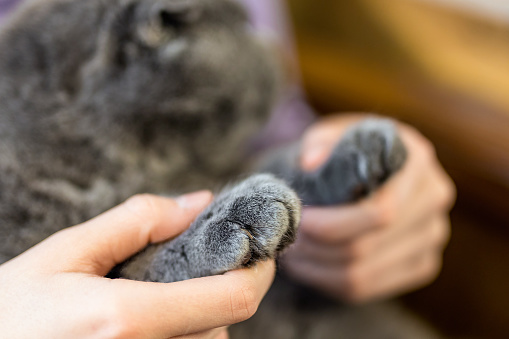
People don’t expect their cat to vary after declawing. When the kitty’s behavior changes, owners either can’t handle it and provide the cat away, or accept their cat’s new health and behavior issues, regretting what they did. Some felines never revisit their old selves.
Declawed cats also are missing out on their favorite kitty activities. they will not enjoy scratching, jumping smoothly as before, or stretching using their claws.
They avoid getting to the potty
I know I already mentioned behavioral issues, but this one is the most problematic for cat owners so I would like to rehash it once more.
If the mentioned reasons weren’t enough to convince you declawing is bad for the kitty, maybe the very fact that your cat might stop using the litter box and pee everywhere the house will. When a declawed kitty tries to bury their waste, the litter hurts its paws. They associate the litter box with pain so they find alternative places to try to do their business. they could defecate on your laundry, the carpet, or another place that doesn’t hurt their paws.
Feline must relearn the way to walk
Cats believe their toes that sometimes include claws too. When the claws and therefore the bone are removed, it impairs their balance so that they have a tough time walking right. Even once they relearn, they’re going to never walk as unimpeded as they did.
Not having the ability to claw brings stress
Clawing may be a natural and intuitive cat behavior. When the cat is unable to scratch, they become stressed and anxious.
Remember how nice it feels to scratch your nose when it tickles? What a relief! Thankfully, your nails and fingertips are always able to scratch your nose. For cats, scratching is some things as intuitive as scratching our nose is to us. I might hate not having the ability to scratch my nose when needed. I neither want to deny my cats the power to scratch their claws once they have the necessity.
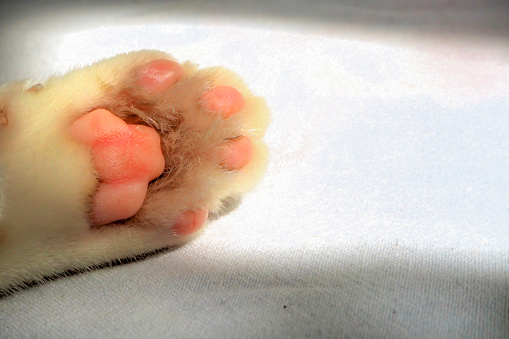
They need their claws to stretch
I’m sure you regularly saw your cat sticking their claws into something and stretching the maximum amount as they will. consistent with Livescience, this helps them increase blood flow and activates their muscles which removes toxins and waste byproducts from their body. Without their claws, they’re unable to stretch as effectively, and their body doesn’t get full advantage of an honest stretch.
The kitty can’t defend themselves
Cat’s nails are their primary defense reaction. Without them, the feline is consistently scared, frustrated, and anxious because they need no thanks to defending from threats. They use teeth for cover instead. It’s not uncommon for a declawed cat to become a biter.
If your declawed indoor kitty ever escapes from the house and gets into a fight with other cats, she wouldn’t stand an opportunity. Other cats with full-on claw equipment would hurt your precious kitty and she or he couldn’t do a thing.
Still not convinced? See the Paw Project movie about the bad sides of declawing. I didn’t see it myself because it’s quite graphic as I heard, but it gets the message out.
What to try instead? a couple of alternatives to declawing

Use different types of scratching posts until you discover the one your cat approves of and likes to use. Try horizontal scratching posts, a vertical post, or the tall one… one among them will get your cat’s attention.
Trim kitty’s nails.
Put Soft Paws nail caps on the cat’s claws if they permit you.
Feliway spray might help if scratching is stress-related.
When you see your cat scratching the thing they shouldn’t, move them to their scratching post.
When you see your cat using the scratching post, reward them with a treat, and praise them.
Cats bring us joy, happiness, cuddles, and much affection. the smallest amount we will do for them is to treat them with respect, take excellent care of them, and love them back. Declawing isn’t any of these things. The procedure is already illegal in many nations. Hopefully, it’ll be illegal everywhere in time. Until then, I hope this post opened your eyes to why declawing your cat isn’t an honest idea. I think you’ll make the wise decision to not get your cat through this painful procedure.

